From the June 2022 issue of Apollo. Preview and subscribe here.
Six kings stand before me, each adorned with gold and stepping forward with a powerful stride. Perhaps I should bow? Kneel? Run? They have calm expressions, but you never know what’s going on in a pharaoh’s head (never mind a group of them). Two of them wear the double crown, which signifies a ruler of northern and southern Egypt. Another is draped with a gold leopard skin, ritual clothing often worn by Egyptian funerary priests. One has large ram horns, a symbol of control over the Nile flood. Each sports elaborate earrings and most have golden eyes. Ranging in size and captured in stone, these pharaohs are so perfect, so untouched by time, that they could have been made yesterday – surprisingly, because they were.

Digitally printed copy of the statue of the pharaoh Taharka (r. 690–664 BC), from an ancient original found at Dukki Gel, Sudan, in 2003. Photo: Pawel Wolf; © TrigonArt Berlin 2022
This royal audience is the climax of the Louvre’s latest special exhibition ‘Pharaoh of the Two Lands: The African Story of the Kings of Napata’. The six royal statues are reconstructions of seven originals found smashed into 40 pieces in a pit at Dukki Gel, Sudan, in 2003 (the reconstructed seventh statue, of King Taharka, stands at the entrance of the exhibition). The true statues, pieced back together but still fragile, remain in a museum at Kerma in Sudan, where technical wizards 3D-scanned them. Now, with the click of a mouse and the clack of a keyboard, they have been digitally repaired, printed in quartz sand, painted and gilded. As a video describing the reconstruction process explains, the statues are meant to appear as they did when they left the artisans’ workshop thousands of years ago.
The exhibition tells the story of how Nubia, the region south of Egypt, was conquered and assimilated by the pharaohs; of how it was freed when the Egyptian empire collapsed in around 1100 BC; and of the subsequent rise of a line of Egyptianised kings in Sudan, who initially ruled from the city of Napata in the eighth century BC and would go on to produce the newly reconstructed statues from Dukki Gel. Under King Piankhy – represented in the exhibition by a lovely statuette of the goddess Bastet, inscribed with his name and that of his wife, Queen Kenset – his army marched north and conquered a politically fragmented Egypt. History remembers the royal line he established as the 25th Dynasty of Egypt, which ruled over a kingdom that stretched 1500km from south to north, uniting northern Sudan and Egypt. After around 50 years on the throne, these kings faced repeated Assyrian invasions. Battling the famous King Ashurbanipal, they were ultimately pushed out of Egypt in the 660s BC, back into Sudan, where their line continued.
It is a story not often told, but one that is just as dramatic as any of the better known events from the ancient world. The names Taharka and Tanutamun might not be as recognisable as Tutankhamun or Cleopatra, but these kings had a strong devotion to Egyptian gods and traditions – they were even buried beneath pyramids – and fought to keep the country free from Assyrian rule. The most delightful symbol of their devotion to Egyptian tradition on display here is a small bronze statuette of King Taharka, kneeling and offering round jars of wine to the falcon god Hemen, who glimmers in gold above a silver-plated base. The king stares ahead into the falcon’s eyes. The fine detail of his expression and skullcap, with two rearing cobras at his brow, each wearing its own tiny crown, is exquisite. This is the poster image for the exhibition – and with good reason.
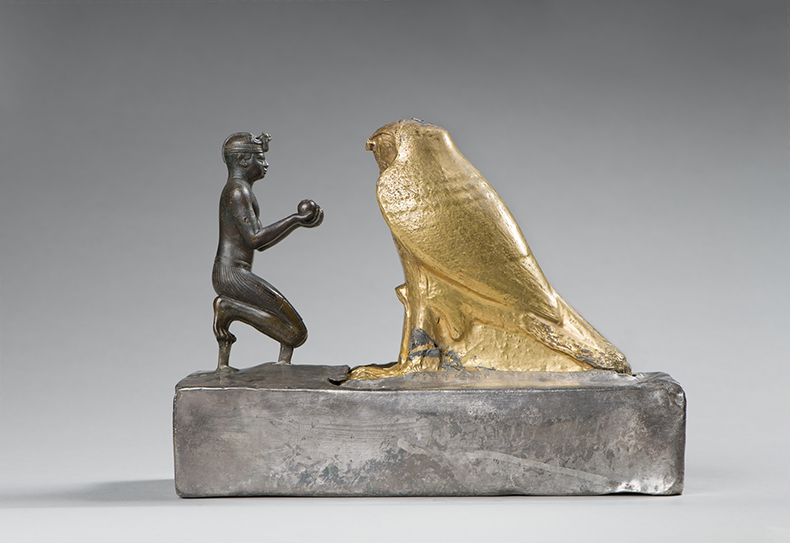
Taharka with the falcon Hemen. © Musée du Louvre, dist. RMN – Grand Palais/Christian Décamps
The exhibition presents its story in chronological order, with a digression into the 19th-century explorations that revealed the archaeology. Certain sections are presented by location, highlighting artefacts from key sites, such as Kawa, Sanam and Napata, while other parts focus more on a theme. This means that you pass in rapid succession from artefacts excavated at the Egyptian city of Sais, to a selection of Assyrian objects, to objects owned by Greek mercenaries, among them a fine bronze helmet, leg armour and stelae. With such varied content, it would be easy for the exhibition to become overwhelming or jumbled but, happily, this is not the case. Because each section isclearly defined, and the artefacts are given enough space in their cases and spotlight attention to bring out their relevance and beauty, what could have been a complex mess is an engaging, whirlwind journey through the world in which the Sudanese kings of Egypt lived.
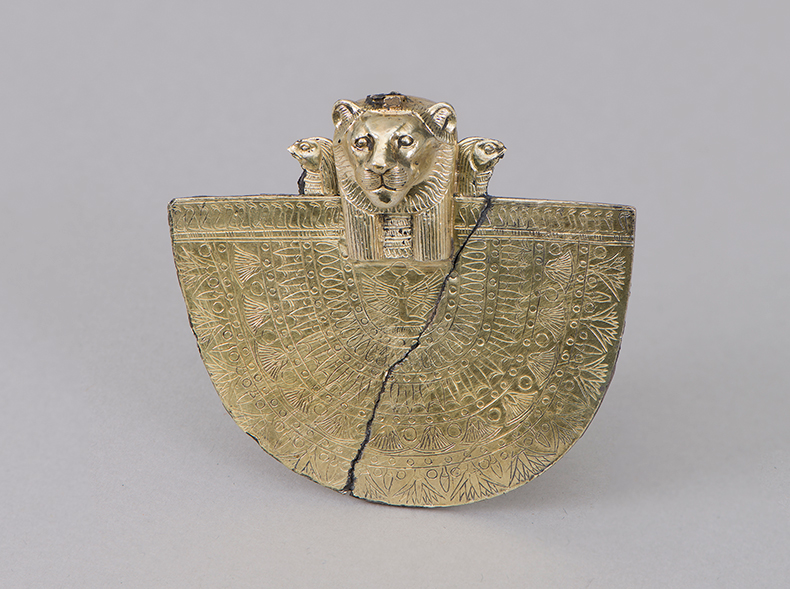
Aegis its head of a lioness in the name of the King of Boubastis and Renefer Osorkon IV. © Musée du Louvre, Dist. RMN-Grand Palais/Christian Décamps
Among the most impressive objects on display here is a large grey granite statue of the god Amun as a ram, which protects the comparatively tiny Taharka, its chin gently resting on the king’s head. The silver handle of a copper mirror from the pyramid of King Nastasen at Nuri is decorated with four standing deities, and was produced for him centuries after the 25th Dynasty had ended in Egypt. The elongated bodies of two seated wooden lions were perhaps the legs of a throne that belonged to King Aspelta. There’s also a particularly muscular bronze statuette of Amun-Re (Amun and the sun god Re united as one deity), with details highlighted in gold, silver and copper, and a bronze Assyrian lion from Khorsabad in northern Iraq; a spotlight neatly brings out the detail on its snarling face (and sharp front claws). Undoubtedly, though, the main highlight of the exhibition is not actually ancient: it is the reconstructed statues from Dukki Gel that loom largest in the memory.
‘Pharaoh of the Two Lands: The African Story of the Kings of Napata’ is at Musée du Louvre, Paris, until 15 July.
From the June 2022 issue of Apollo. Preview and subscribe here.
Unlimited access from just $16 every 3 months
Subscribe to get unlimited and exclusive access to the top art stories, interviews and exhibition reviews.

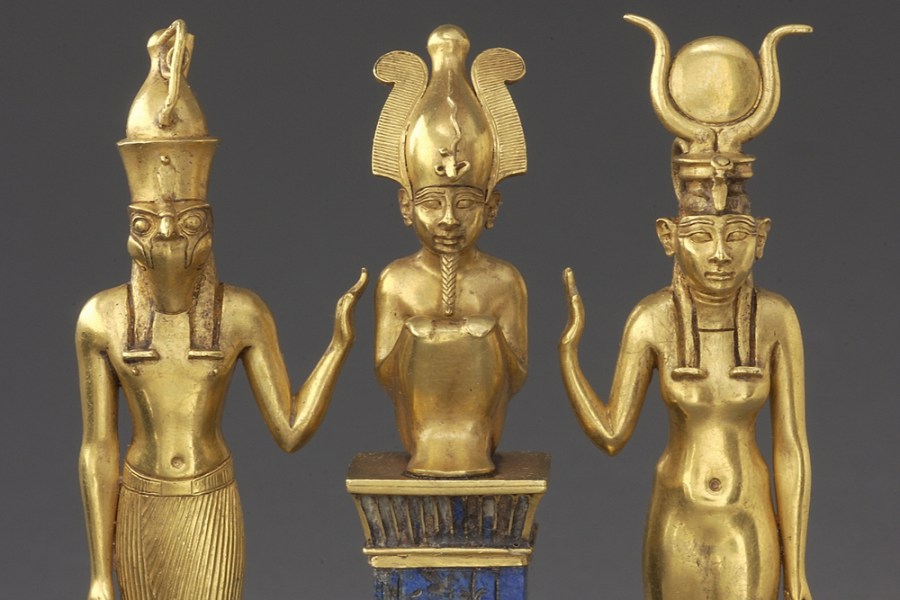
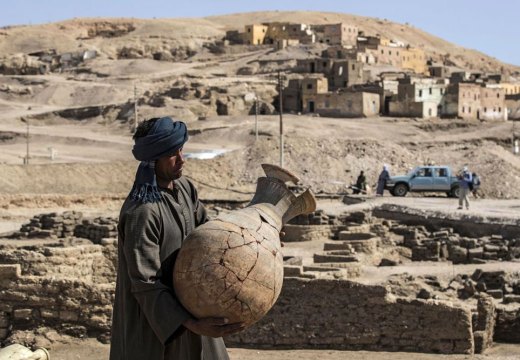
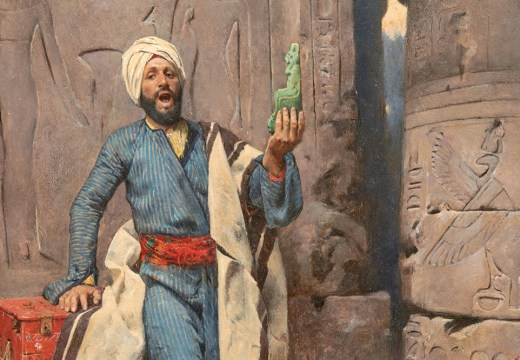
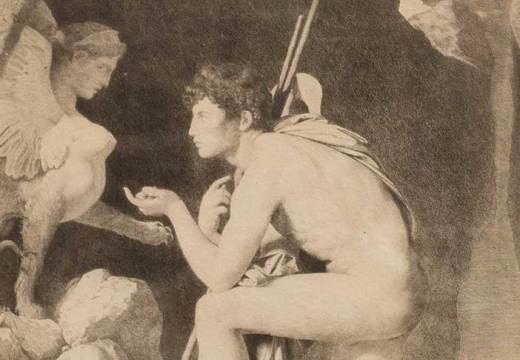









![Masterpiece [Re]discovery 2022. Photo: Ben Fisher Photography, courtesy of Masterpiece London](http://www.apollo-magazine.com/wp-content/uploads/2022/07/MPL2022_4263.jpg)
It’s time for the government of London to return to its rightful home